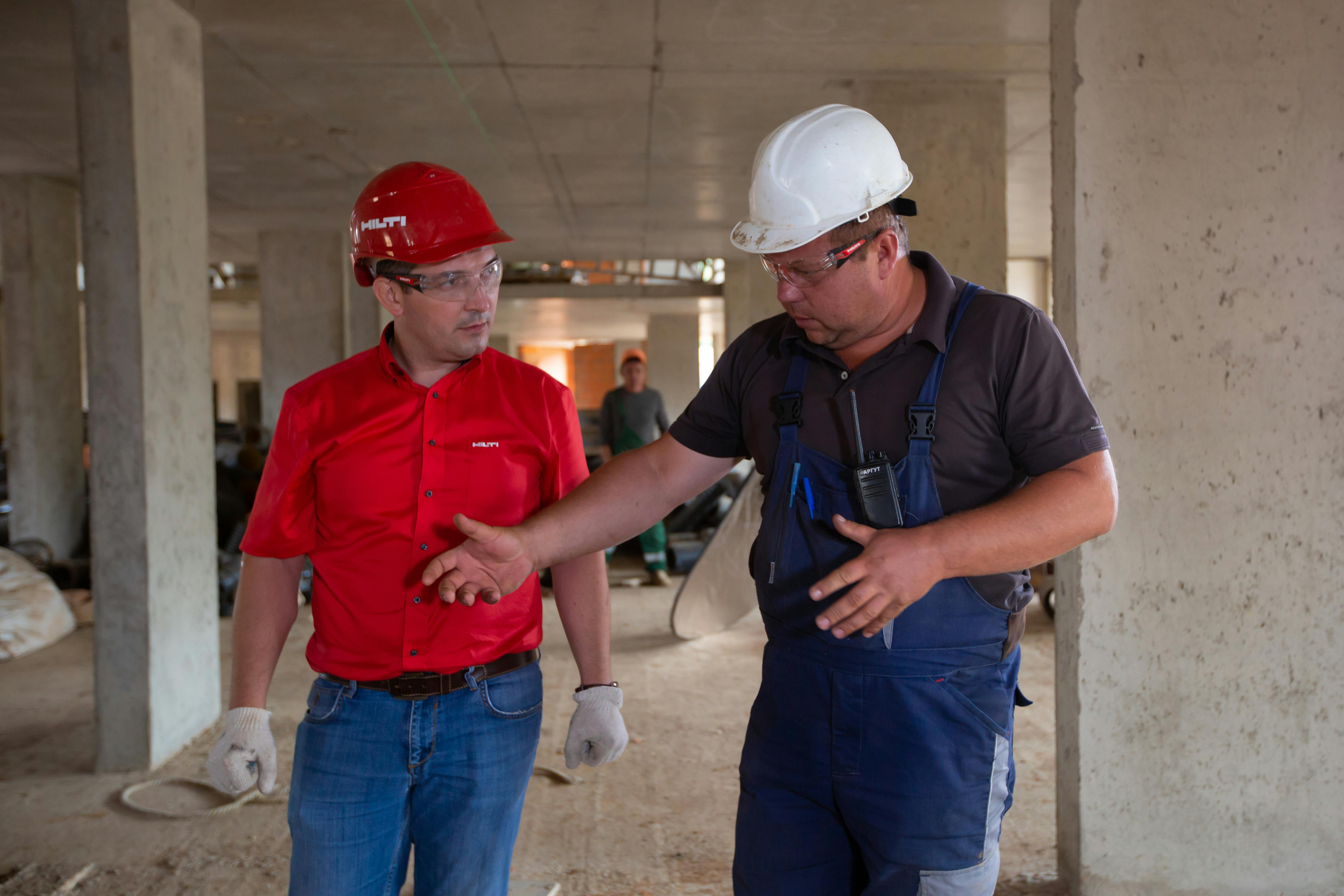Notes from Clockwork
About this book
“Clockwork: Design Your Business to Run Itself” by Mike Michalowicz is a book focused on helping entrepreneurs and business owners create systems that allow their businesses to run more efficiently and independently. But it is also applicable for people who wants to focus on their productivity.
Who should read
Initially, this book talks mainly about the challenges faced by business owners. But as it goes on, some of the concepts are applicable to everyone who want to focus on productivity of self and the team you are working with.
My random notes and thoughts
Here are some key lessons from the book:
1. The Queen Bee Role (QBR)
Identify the Core Function: Every business or role has a primary function that is crucial to its success. This is called the Queen Bee Role (QBR). The key is to identify what that core function is and ensure it is protected and prioritized above everything else. The QBR could be different for different people and different business. This is to help identify the core function via some exercises.
Protect the QBR: Once the QBR is identified, the entire team should be aligned in supporting it. This ensures that the most critical aspect of the business is never compromised, allowing the business to thrive. The main idea is not to work on everything, instead focus on QBR and take actions to support that role.
2. Focus on Designing Systems
Delegate, Don’t Abdicate: One of the challenges for business owner and leader is the delegation. Delegating effectively doesn’t mean handing off tasks and forgetting about them. Instead, it involves creating systems and processes that empower the team to take ownership of their roles while maintaining accountability.
Create SOPs (Standard Operating Procedures): Establish clear, repeatable processes for every significant task in the business. This ensures consistency and efficiency, even when you are not directly involved. This will also save the time to train new teammate.
3. Utilize the 4D Mix
Do, Decide, Delegate, Design: The 4Ds represent different phases of work. Many time, the business owners are busy “doing” and “deciding”. Doing is when you are the one executing the task, deciding is when someone is doing it for you, but you are the one who decides what to do or how to do. Delegate is where you allow someone to make decision and design is where you change the environment so that everyone can work effectively. As a business owner, your goal is to spend more time in the “Design” phase, focusing on strategy and growth, and less time in the “Do” and “Decide” phases.
Shift from Doing to Designing: Set conscious effort to gradually move away from day-to-day operations (“Doing”) and decision-making (“Deciding”) to focus on high-level planning and business design. This transition is crucial for scaling the business.
4. Leverage Your Team
Empower Employees: Trust the team to take on responsibilities. Empowering them not only frees up your time but also builds a stronger, more resilient organization.
Build a Self-Sustaining Team: Your business should not be dependent on any one individual, including yourself. Train and develop your team to operate effectively without constant oversight.
5. Work Less, Achieve More
Efficiency over Hustle: The goal is to create a business that runs smoothly with minimal intervention, not to work yourself to exhaustion. Focus on doing the right things rather than doing more things.
Implement the “4-Week Vacation” Test: The ultimate test of your business’s ability to run itself is whether you can take a four-week vacation without the business falling apart. This goal forces you to put the necessary systems and team structures in place. Do not take shorter weeks as team will tend to wait for your return.
6. Measure What Matters
Track Key Metrics: Identify and monitor the key performance indicators (KPIs) that truly matter to your business’s success. Use these metrics to make informed decisions and guide your business strategy. This will also guide you whether you need to intervene.
Continuous Improvement: Regularly review and refine your processes and systems. Continuous improvement ensures that your business adapts to changes and remains efficient over time.
Conclusion
Although the book targets the business owner, in my opinion, this could also apply to the team leader. Instead of spending a lot of times “doing” and “deciding”, we should put effort to move into “delegation” and “design” phases to create a self-sustaining business or team that operates efficiently and effectively, allowing us more freedom and flexibility.
